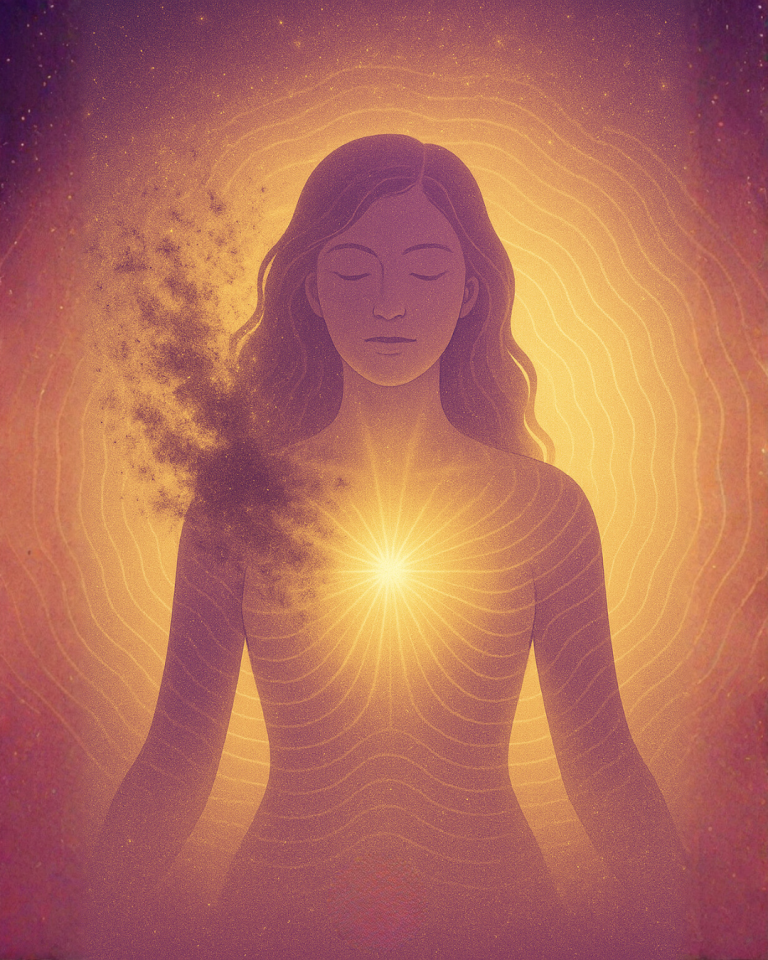Introduction
Deoxyribonucleic acid (DNA) stores the genetic instructions for all living beings. Its exquisite design – four nitrogen bases arranged in a double‑helix – also makes it the most efficient data storage medium known. A single gram of DNA can theoretically hold 215 petabytes of information, far surpassing today’s silicon chips and magnetic tapes.
Why DNA is Nature’s Perfect Memory Card
- Incredible density: DNA molecules pack information at an atomic scale. Researchers estimate that all of the world’s data could fit into a shoebox of synthetic DNA. While current media need entire warehouses of servers, DNA can store comparable data in a much smaller footprint.
- Longevity: Genetic material can remain intact for hundreds of thousands of years under proper conditions. Ancient DNA extracted from fossils proves this longevity, whereas hard drives degrade within decades. This makes DNA ideal for archival storage.
- Energy efficiency: DNA does not require continuous power to retain information. Unlike server farms that run 24/7 and generate substantial heat, DNA storage is passive. Energy is only required during reading and writing.
Experiments in DNA Data Storage
Scientists encode binary data (0s and 1s) into combinations of the four DNA bases (A, T, C, G), synthesize strands with that sequence and then use sequencing machines to read it back. In recent years, teams have encoded text files, images, videos and even operating systems into synthetic DNA. They have recovered the information flawlessly, demonstrating DNA’s reliability.
Challenges and Future Prospects
While promising, DNA storage is still expensive. Synthesizing and sequencing strands cost far more than burning a DVD. Reading data also takes longer, as the DNA must be sequenced and the information decoded. However, costs are falling rapidly. As biotech advances, DNA might supplement or replace traditional storage for long‑term archives and massive datasets.
Conclusion
Nature’s original data bank could revolutionize human technology. By harnessing DNA’s density, longevity and efficiency, we may create storage systems that align with the planet’s wisdom. This isn’t just a sci‑fi fantasy; it’s a tangible frontier where biology and computing meet. Future digital libraries may literally be written in the language of life.






